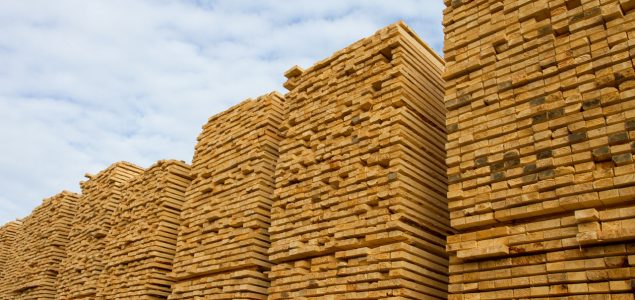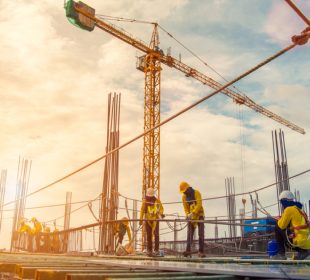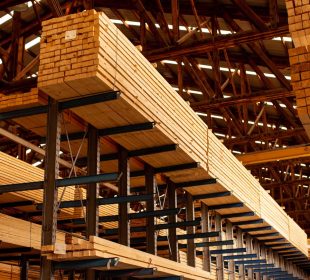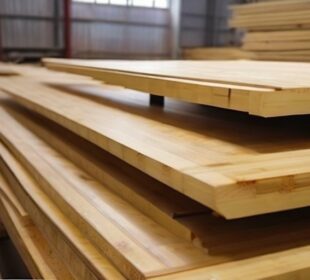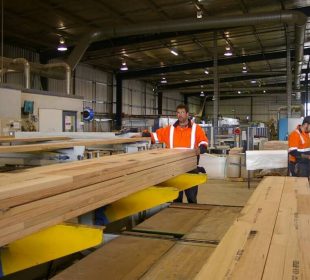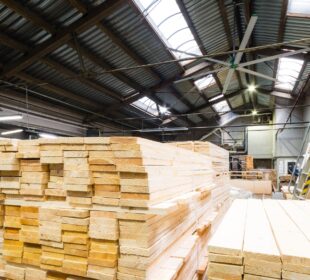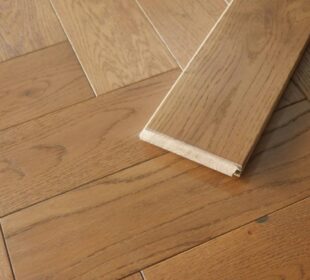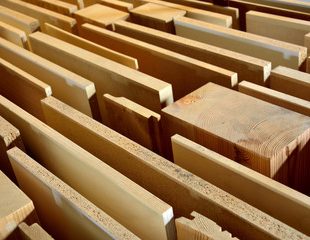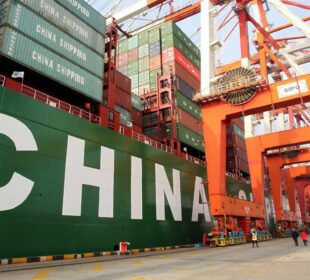On February 18, the Wood from Finland Conference 2021 took place organized by Sahateollisuus, the Finnish Member of the European Organization of the Sawmill Industry.
Many interesting presentations about the main sawnwood market from all over the world were given.
During the Conference it was stressed that sawn softwood is a significant carbon storage. 20 times more carbon dioxide is bound to sawn timber than is released as emissions by its manufacturing.
In order to maximise the climate potential of sawn softwood it is important to: make sure wood is only bought from sustainable sources (PEFC and/or FSC certified), replace the fossil-based materials with wood, and increase the use of wood in construction. It seems indeed that a breakthrough for wood in construction is on the cards: in Finland the government has set targets to significantly increase the share of wood as a building material to fight climate change. 31% of new public buildings, which in Finland account for 18% of all new buildings, will have to be built with wood. This share will further increase to 45% in 2025. The EU has agreed to set aside 37% of recovery fund for green transition. But Finland will go above this threshold as they have decided to set aside fully half of recovery fund for green transition. This will bring opportunities for sectors such as the sawmill industry.
Christoph Kulterer, the CEO of Hasslacher Holding Gmbh, gave a presentation of the Central European market and showed that the percentage of wood as a building material is also on the rise in Austria and to a lesser extent in Germany. He emphasized that worldwide there is great potential in multi-storey timber buildings with large volumes in the areas of glulam and CLT. Christoph also stressed that the Central European countries have seen a lot of raw materials coming on the market over the last couple of years because of the bark beetle crisis.
When it comes to the market as impacted by Covid, during the Conference a leading theme was that the softwood markets turned out to be much better than initially forecasted last March due to a boom in the DIY Sector. Speakers from the USA and China emphasized that the resilient demand the was observed during 2020, particularly in the US where it was actually exceptionally good, is set to remain also in the coming years as both countries will be in a situation where they will keep needing to import high quantities of sawn softwood. Overall, the outlook for 2021 is quite upbeat with demand set to be strong but threats abound, including high geopolitical tensions, unpredictability connected to Covid-19 and the vaccinations rollout, as well as high freight rates.
The EOS Public Affairs Difector, Paul Brannen, also gave a presentation. Paul stressed that there are many opportunities for the sector in Brussels at the moment. While the Commission adheres to the material neutrality principle, we know we have political support from the very top of the Commission, as emphasized in her State of the Union Address by President Von der Leyen. The European Green Deal is also an opportunity for the sector as it aims to make the EU carbon neutral and wood can definitely play a role, particularly in the policy areas connected to building and renovating in an energy and resource efficient way, and mobilizing industry for a clean circular economy. The Renovation Wave needs also to be embraced by the sector, as wood can be central not only in the new built sector but also in the renovation sector. An important initiative is also the European Bauhaus with its three keywords: affordability, sustainability, beauty. Wood ticks all the boxes here and the sector needs to show what wood can do for European Bauhaus. LULUCF is another opportunity for the sector as it incentivizes long-life harvested wood products. DG Clima has been charged to work out how to incentivize wood in construction. A consultant is currently evaluating the climate benefits of using wood in construction and we expect its conclusions by the end of the year. The COP26 which will be presumably held in Glasgow in November is another opportunity. The woodworking sector is set to showcase its products in Glasgow, so the aim is that policymakers that attend the event realize that wood is part of the solutions to fight climate change.
While there are numerous opportunities to raise the profile of wood in the fight against climate change, the sector needs to be vigilant against a number of threats which are often raised and endanger the public profile of wood, such as those connected with wood buildings and fire, whether there are enough trees to do all the things we want to do with wood and why around 50% of harvested wood ends up being burnt. While the sector has good arguments to counter these threats, they still need to be taken into account.

